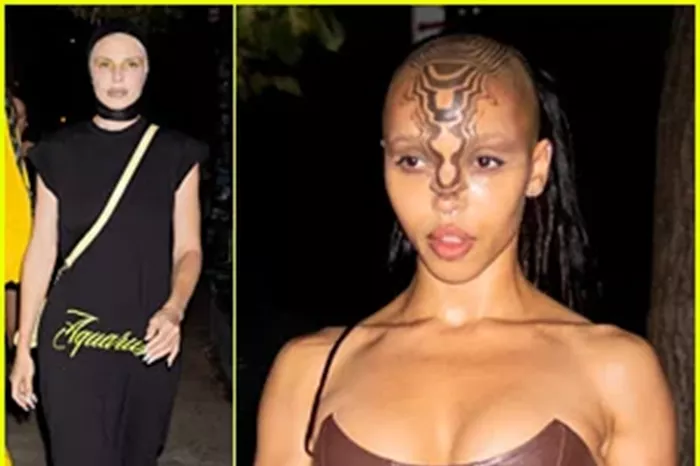Andu Schiodt Pikilak proudly displays dark dashes on her forehead that form a deep “V,” resembling geese in flight. This Inuit tattoo represents a rebirth for both her and Greenlandic culture.
“We’re going back to our roots,” said the 61-year-old psychologist, who embraced tattooing seven years ago and has since added more designs to her forearm and fingers.
Pikilak explained that Inuit tattoos had vanished for many generations but have only recently re-emerged. She shared her experience with AFP in Nuuk, Greenland’s capital, noting that the territory was a Danish colony from 1721 to 1953 before gaining autonomy in the latter half of the 20th century.
Inuit tattoos, like those found in other Inuit cultures, particularly in Canada, are primarily worn by women. Although they were never formally banned, these tattoos faded away during colonization. However, for Pikilak, they feel like they have always been part of her identity.
She has received positive feedback from friends and family, with few negative reactions to her tattoos. Her modern apartment features traditional objects, including Inuit carving knives.
For Eva Nielsen, the choice to get a traditional facial tattoo, known as a “tuniit,” was the result of deep personal reflection and a desire to reclaim her Inuit heritage. Her tattoo consists of 12 lines on her chin.
“It’s a symbol. I want to carry my culture within me,” said the 33-year-old, who grew up mostly in Denmark with a Danish father and a Greenlandic mother. “It’s not just a butterfly tattoo; it has real meaning. I was so happy when I looked in the mirror for the first time.”
The oldest known references to Greenlandic Inuit tattoos date back to the 15th century, thanks to mummies found in Qilakitsoq. Of the eight mummies discovered in 1972, five were women, all adorned with facial tattoos.
“The tattoos are linked to family relations, social status, and personal accomplishments,” explained Aviaaja Rosing Jakobsen, the curator of the museum housing the mummies and also tattooed.
Recently, Greenlanders have begun to rediscover and reclaim their cultural heritage. Maya Sialuk Jacobsen, a tattoo artist in her 50s, recalls growing up in a post-colonial era when the narrative suggested that the Inuit were different from her people.
“It took me a while to understand that this wasn’t true,” she said. Jacobsen’s interest in ritual tattoos blossomed a decade ago during her recovery from a shoulder operation. She learned that these tattoos were traditional across the Arctic, from Siberia to Greenland, varying in design based on local customs and beliefs.
Jacobsen describes the practice as “an amuletic form of tattooing” primarily for women. “The tattoos had a purpose,” she said.
Inuit culture holds significant taboos around birth, menstruation, and death. Jacobsen explained that a woman’s physical presence alone can break these taboos. “Her amulets have the power to erase the taboos she’s breaking,” she noted.
She explained that there are about 15 different amulets, arranged in various ways based on tribal identity and hunting methods. “There are as many patterns as there are women,” Jacobsen said.
Traditionally, a needle made from animal bone was used for tattooing, resulting in simple designs composed of “dots and lines.” Today, Greenlandic Inuits often choose traditional tattoos for personal and political reasons rather than communal ones.
“People are eager to understand their culture and represent it,” Jacobsen remarked. She is currently having her forehead and chin tattoos removed, as they represent Canadian Inuit designs rather than Greenlandic ones, a fact she was unaware of when she began her journey into this tradition.

